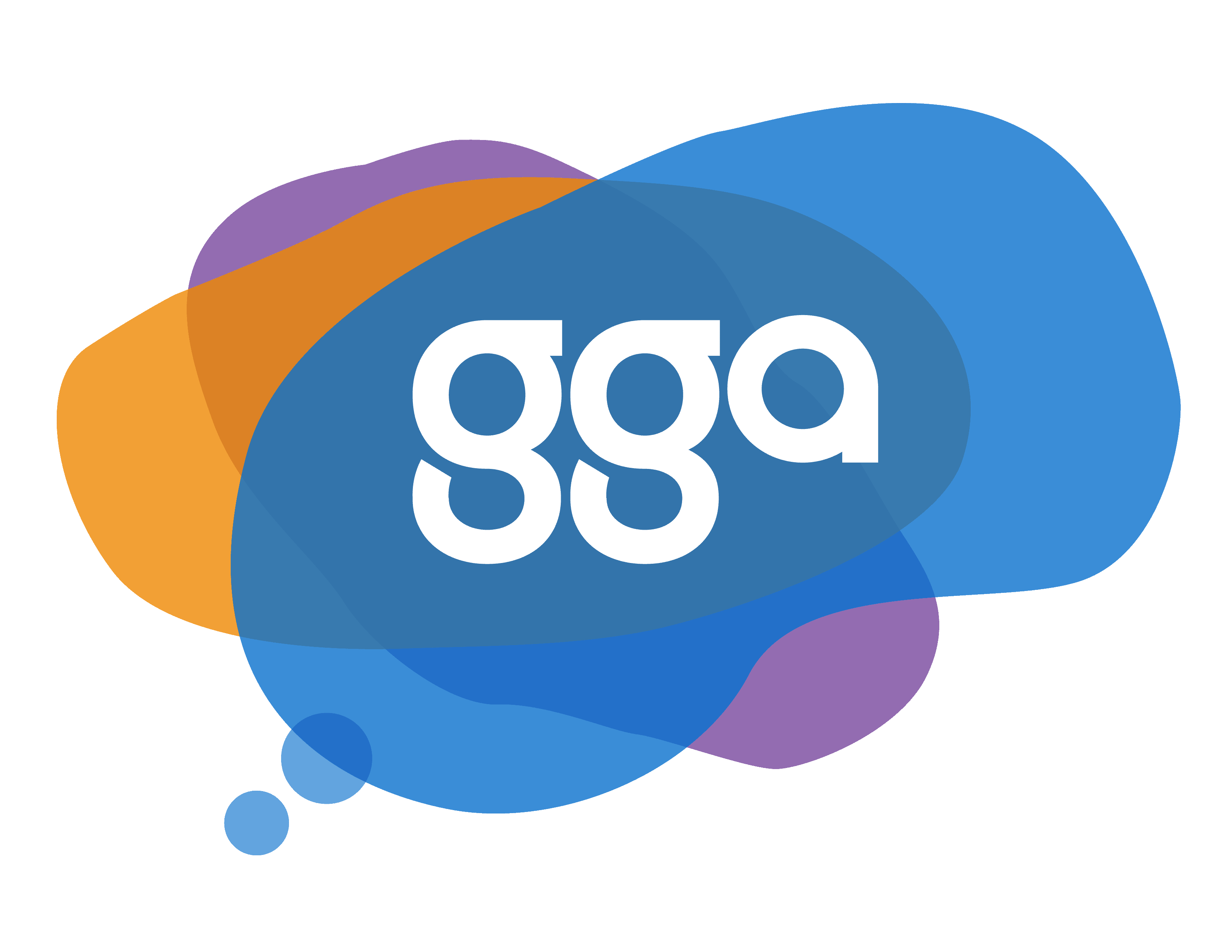Communication is everything. It shapes first impressions, defines customer experiences, and determines whether someone returns or walks away for good. Yet too often, companies overlook one simple truth: if you can’t speak your customer’s language, you’re already at a disadvantage.
In the U.S., home to over 42 million Spanish speakers, ignoring the need for bilingual customer support is a costly mistake. For CEOs focused on streamlining operations or scaling revenue, it’s easy to underestimate the power of human connection in a native language. But poor communication leads to poor experiences, and poor experiences lead to lost customers.
This blog explores what happens when companies fail to invest in bilingual support and how nearshore, bilingual representatives can help you close the gap.
One Language Doesn’t Fit All
English may be the dominant business language in the U.S., but it’s not the only one that matters. Spanish is the second-most spoken language in the country, and in many communities, it’s the first language people use to communicate complex or emotional needs. When businesses rely only on English-speaking representatives, they create unnecessary barriers between themselves and a major portion of their audience. Miscommunications arise. Clients feel frustrated or ignored. And in industries like healthcare, finance, or utilities, those gaps can lead to serious consequences.
Customer satisfaction isn’t just about solving a problem—it’s about how that solution is delivered. When customers don’t feel heard, they don’t return. In this way, a single-language support model not only isolates potential buyers but also damages long-term brand perception.
Missed Connections = Missed Revenue
Bilingual customer support is a courtesy and strategic business decision. When clients are unable to express their needs clearly or receive instructions they fully understand, the result isn’t just dissatisfaction—it’s churn. And churn is expensive.
Studies have shown that acquiring a new customer can cost five times more than retaining an existing one. Bilingual support teams help protect that investment by ensuring that language is never a barrier to resolution, upselling, or long-term loyalty.
In contrast, monolingual support often results in:
- Extended call times
- Lower first-contact resolution rates
- Decreased brand trust
- Lost opportunities for upselling and cross-selling
Why Nearshore Bilingual Support Works
While hiring bilingual agents locally may seem like a viable option, the reality is that building and managing a bilingual customer support team in-house is time-consuming and costly. This is where nearshore outsourcing comes in.
Nearshore providers in countries like Mexico, Colombia, or Costa Rica offer a powerful combination of:
- Bilingual fluency (English-Spanish)
- Cultural alignment with U.S. customers
- Cost-effective operations
- Real-time collaboration in shared time zones
These agents understand the language and cultural context that influences tone, urgency, and expectations. It’s a seamless extension of your team, built to reflect the diversity of your audience.




